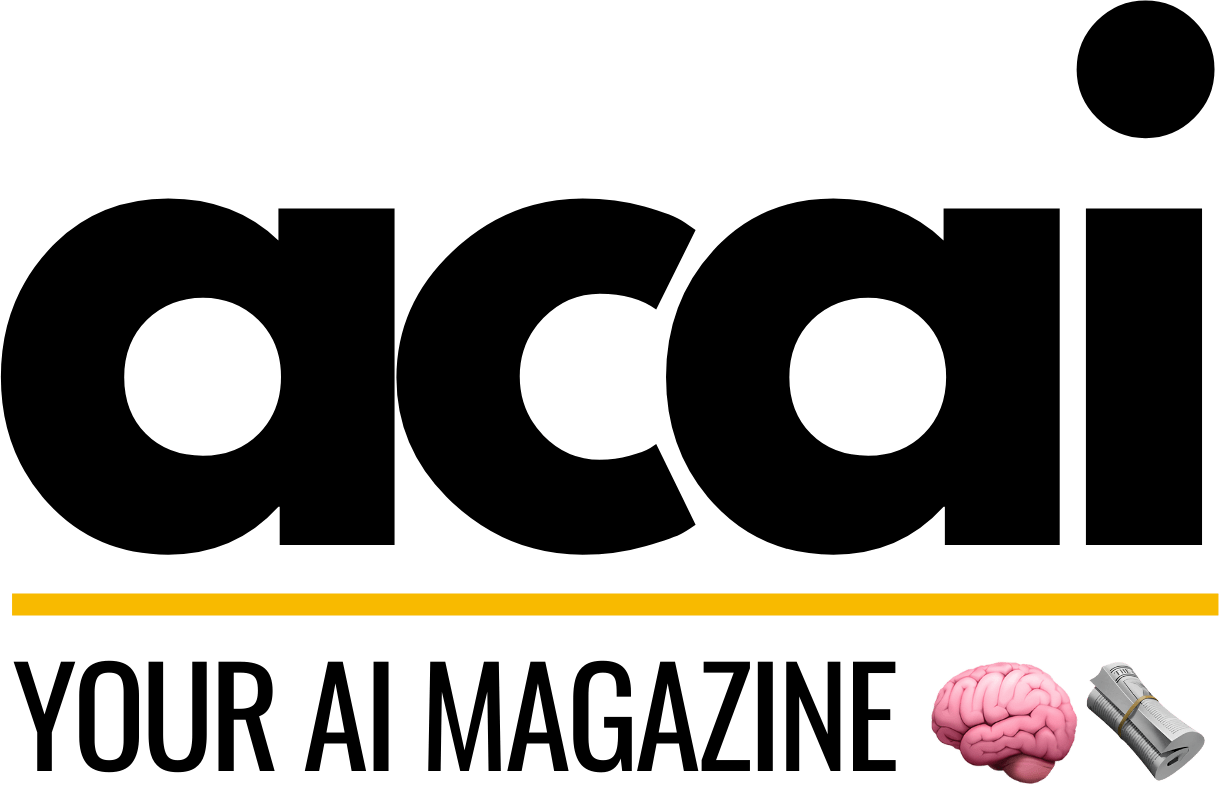Using automation to ensure relevance, freshness, and discoverability over time
As digital content becomes increasingly central to business strategies, the need to keep this content relevance, fresh, and easily discoverable has intensified. Automation provides a scalable and efficient solution to meet these needs. By leveraging the right tools and technologies, businesses can automate processes such as content updates, SEO optimization, and data analysis, ensuring that their digital presence is both dynamic and effective.
- The Importance of Content Relevance and Freshness
- The Role of Automation in Content Management
- Key Technologies and Tools
- Case Studies
- Best Practices in Automation for Content Management
- Conclusion
The Importance of Content Relevance and Freshness
Keeping content relevant and fresh is essential for engaging and retaining audiences. Relevant content ensures that information meets the current needs and interests of users, while freshness relates to how recent the content is. Both factors significantly impact user engagement and SEO rankings.
- Relevance ensures that content meets the evolving needs and preferences of the target audience.
- Freshness helps to maintain user interest and encourages frequent revisits to the platform.
The Role of Automation in Content Management
Automation in content management involves using software tools to create, publish, manage, and retire content based on predefined rules and schedules. This not only enhances efficiency but also improves the accuracy and relevance of content management tasks.
- Automated content curation and recommendation engines personalize user experiences by matching content with user preferences and behaviors.
- SEO automation tools continuously optimize content to ensure high visibility and discoverability in search engine results.
Key Technologies and Tools
Several technologies and tools facilitate automation in content management. These include Content Management Systems (CMS) like WordPress, Drupal, and Joomla, which offer various plugins and extensions for automation.
- Artificial Intelligence (AI) and Machine Learning (ML) for predictive analytics and automated content tagging.
- Automated SEO tools such as Moz and SEMrush help in keyword analysis, backlink tracking, and real-time content optimization.
Case Studies
Several companies have successfully implemented automation in their content management processes. For instance, Netflix uses sophisticated algorithms to recommend personalized content to its users, significantly enhancing user engagement and satisfaction.
- Netflix’s use of AI to analyze viewer preferences and watching habits to curate and recommend content.
- Amazon’s automated personalization system which uses user data to display relevant products, optimizing user experience and increasing sales.
Best Practices in Automation for Content Management
To effectively implement automation in content management, several best practices should be followed:
- Set clear goals and objectives for what you want to achieve with automation.
- Choose the right tools that integrate well with your existing systems and workflows.
- Regularly review and update the rules and algorithms that govern your automation tools to align with changing content strategies and market conditions.
Conclusion
Automation is a powerful tool for ensuring that content remains relevant, fresh, and discoverable over time. By leveraging the right technologies and following best practices, businesses can significantly enhance their digital content strategies. As the digital landscape continues to evolve, the role of automation in content management will become increasingly important, making it essential for companies to stay informed and adaptable.
For more insights on automation in digital marketing, visit Forbes.




